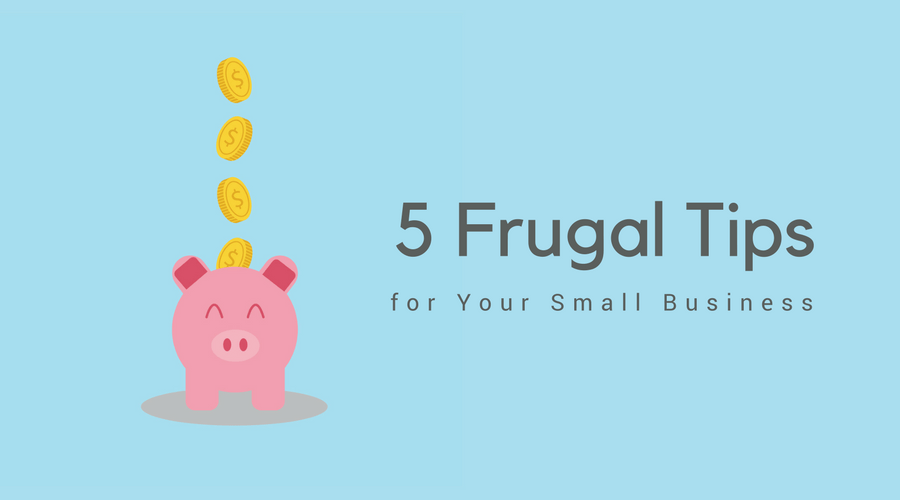Cost of Goods Sold

Your cost of goods sold (COGS) is the costs directly related to purchasing products for resale, manufacturing products to sell, or providing services. Your COGS is documented on your income statement and used to calculate your gross profit margin. You can deduct your COGS from your company’s income as a business expense, which will reduce your tax liability.
What are direct costs?
The direct costs of your goods will vary from business to business, but they can include:
- the cost to purchase merchandise for resale
- the cost of raw materials
- packaging costs
- the cost of inventory of finished products
- supplies for production
- direct labor
Read also: Direct vs. Indirect Expenses – What’s the Difference?
Calculating COGS
Add your beginning inventory to any purchases made during the period. Then, subtract your ending supply.

Example
If you begin the period with $5,000 in inventory, purchase $2,000 in materials during the period, and end the period with $3,000 in stock, your COGS is $4,000.

What if your costs change during the year?
If your direct costs change during the year, there are three methods for calculating COGS:
- first in, first out (FIFO)
- last in, first out (LIFO)
- Average Cost
Let’s pretend you bought products for resale in three batches during the year and sold 400 units.
- Batch 1: 100 units at $10 each ($1,000 total)
- Batch 2: 250 units at $10.50 each ($2,625 total)
- Bach 3: 150 units at $11 each ($1,650 total)
FIFO
Using the FIFO method, assume that the first products purchased were the first products sold. That means you sold 100 products at $10 each, 250 products at $10.50 each, and 50 products at $11 each. Your COGS would be $4,175.

LIFO
Using the LIFO method, assume that the last products purchased were the first products sold. So, you sold 150 products at $11 each and 250 products at $10.50 each. Your COGS is $4,275.

The IRS doesn’t generally like the LIFO method, but you can apply to use it by filing Form 970. Read also: Does My Inventory Affect My Taxes?
Average Cost
The average cost method uses the average cost of each product. In this example, your average cost is $10.55 per unit.

After you determine your average cost, you can calculate your COGS. In this case, your COGS is $4,220.



